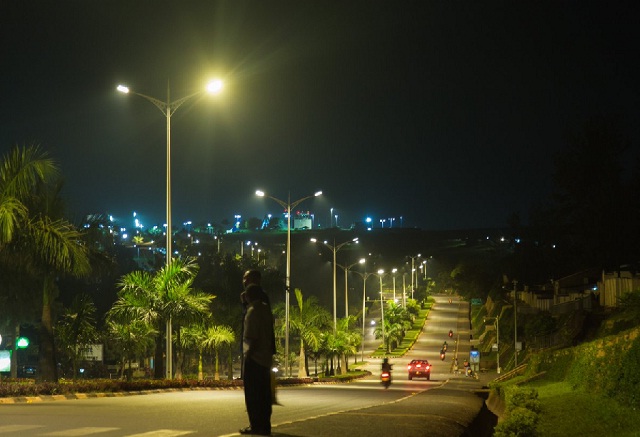
Electricity also had an impact on access to information. The most frequently bought electrical appliances after connection were TVs, radios and mobile phones.
Another major effect of electrification was that it significantly reduced expenditures on energy. The average amount that connected households spent on grid electricity was 1,500 FRW (about $2) per month after they had replaced traditional energy sources like kerosene and batteries. And they no longer needed to spend money on charging their mobile phones outside their homes. In total, they reduced expenditures on energy by around $2.50, which is an equivalent of about 4% of their total monthly expenditure.
Impacts on enterprises and health centres
Another major impact was that it extended people’s average waking hours by nearly an hour. We found that people were awake for 50 minutes per day more on average because they had better access to lighting and entertainment devices.
People didn’t necessarily use this additional time to pursue income generating activities. In fact, we didn’t find that electrification affected how people, many of whom were farmers, generated income.
We found that it had only a tiny effect on micro enterprises like mills, hairdressers, copy shops and welding shops. Mills were the main beneficiaries of being connected to the grid. Most switched from diesel engines to electricity. And new mills emerged because input costs were dramatically reduced and productivity increased.
?PHOTO SERIES: STREETS & LIGHTS ?
Documenting the beautiful streets of #Kigali by night, in light & motion.
(No special effects) #RwandaBy Nadege Karemera @iknadege pic.twitter.com/TmAEwxlZoU
— The New Times (Rwanda) (@NewTimesRwanda) February 11, 2018
Hairdressing shops also benefited for cost and convenience reasons. They used electricity for razors, phone charging services and radio or TV to entertain. Before grid electricity they had used power sources such as car batteries which were expensive and cost a lot to run.
Small kiosks, bars and restaurants mostly used electricity for lighting and in a few cases for radio, TV or refrigeration. Electricity meant that they were more attractive to customers.
Overall, we observed only a slight increase in business activities in connected communities. Some enterprises emerged while existing operations marginally extended their operating hours or their range of products and services.
In the case of health centres, those that had been connected to the grid said their work had improved. According to answers to an open question, the main use of grid electricity was for lighting (100%), followed by use for medical machines (79%) and for administrative tasks (43%). Nearly 30% cited medicine storage and sterilising.
The most important benefit was that it reduced costs. Centres that weren’t connected paid three times more for power because they used diesel.
 The Independent Uganda: You get the Truth we Pay the Price
The Independent Uganda: You get the Truth we Pay the Price


